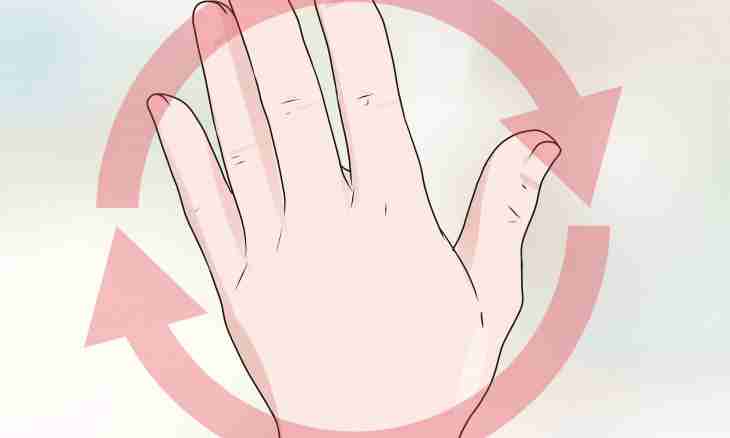Rules of the right and left hand are the basic rules indicating how to define the direction of vectors of Lorentz force and magnetic induction. Also the rule of the right hand is applied in vector algebra.
Rule of the right hand
The rule of the right hand which is called differently the rule of the gimlet or the rule of the right screw is applied both in physics, and in mathematics to definition of the direction of vectors. If to speak about mathematics, then this rule is used for definition of the direction of a vector, the being vector work of other vectors. According to this rule to find the direction of a vector of the vector work, it is necessary to rotate the gimlet in the direction from the first vector concluded in brackets of the vector work to the second. Then the direction in which the gimlet will move will indicate the direction of a vector of the vector work.
In physics the rule of the right hand is used for definition of the direction of vectors of induction of magnetic field of the conductor with current. The fact is that around the conductor on which electric current flows there is a magnetic field. Lines of this field have the forms of circles in which center there is a conductor with current. Therefore perhaps two directions of a vector of induction of this field. The rule of the right hand, in this case, sounds practically the same as its mathematical analog. The only difference consists in a little other formulation. It is said that the direction of a vector of magnetic induction coincides with the direction of rotation of the handle of the gimlet if its forward movement coincides with the direction of current in the conductor.
Rule of the left hand
The rule of the left hand is used in physics at the review of magnetic field on the conductor which is in it on which electric current flows. The essence of effect is that any moving charged particle which is in magnetic field is affected by so-called Lorentz force. This force is directed perpendicular to the direction of the movement of a particle and the direction of lines of magnetic induction of magnetic field in which the particle is placed. Respectively, two opposite options depending on a particle charge are possible. Current in the conductor represents the directed movement of charged particles therefore the conductor is also influenced by Lorentz force. So, the rule of the left hand says that if to direct four fingers of the left hand in the direction of the movement of positive charged particles or in the direction of current in the conductor, and a palm to arrange so that lines of magnetic induction were included into it, then the thumb which is set aside by ninety degrees will indicate the direction of Lorentz force.

